In today’s rapidly evolving business landscape, companies are recognizing the transformative power of diversity, equity, and inclusion (DEI) in creating a successful and thriving workplace. DEI goes beyond just policies and headcounts, encompassing a holistic approach to embracing differences and fostering a culture of belonging. In this article, we will explore the importance of DEI in the workplace and how it can drive positive outcomes for businesses.
Understanding Diversity and Inclusion
Diversity and inclusion are two interconnected concepts that work hand in hand to create a harmonious and productive workplace environment. Diversity refers to the representation and variety of individuals within an organization, encompassing factors such as race, gender, ethnicity, sexual orientation, and more. Inclusion, on the other hand, focuses on creating an environment where all individuals feel valued, respected, and have equal opportunities to contribute and succeed.
Achieving true diversity and inclusion means going beyond surface-level representation. It involves actively embracing and integrating the perspectives, experiences, and talents of individuals from diverse backgrounds into every aspect of the organization. A diverse and inclusive workplace benefits both employees and the company as a whole.
The Benefits of Diversity and Inclusion
Research has consistently shown that diverse and inclusive workplaces outperform their counterparts in various ways. Let’s explore some of the key benefits:
1. Enhanced Innovation and Problem-Solving
Diverse teams bring together a wide range of perspectives, experiences, and ideas, leading to more innovative and creative solutions. When individuals from different backgrounds collaborate, they bring unique insights and approaches to problem-solving, fostering a culture of innovation and adaptability.
2. Increased Productivity and Performance
An inclusive work environment where all employees feel valued and respected can significantly enhance productivity and performance. When individuals feel included and empowered, they are more engaged, motivated, and committed to their work. This heightened sense of belonging leads to higher levels of productivity and better overall performance.
3. Better Decision-Making
Diverse teams are more effective at decision-making as they consider a broader range of perspectives and insights. Multiple viewpoints challenge biases, encourage critical thinking, and lead to more well-rounded and informed decisions. This diversity of thought helps organizations navigate complex challenges and seize new opportunities.
4. Attraction and Retention of Top Talent
Companies that prioritize diversity and inclusion are more attractive to top talent. Individuals seek out organizations that value and celebrate differences, where they can bring their authentic selves to work. A diverse and inclusive workplace not only attracts a broader pool of candidates but also improves employee retention, reducing turnover costs.
5. Enhanced Reputation and Brand Image
Organizations that demonstrate a genuine commitment to diversity and inclusion build a positive reputation and brand image. Customers, clients, and partners are increasingly conscious of working with companies that prioritize social responsibility and equality. A strong DEI strategy can enhance a company’s reputation, leading to increased customer loyalty and business opportunities.
Challenges and Barriers to Overcome
While the benefits of diversity and inclusion are clear, many organizations still face challenges and barriers in creating truly inclusive workplaces. Common hurdles include unconscious biases, lack of awareness and understanding, resistance to change, and limited representation at senior leadership levels. Overcoming these barriers requires a strategic and proactive approach.
1. Addressing Unconscious Biases
Unconscious biases can unconsciously influence decision-making processes, perpetuating inequality and hindering diversity and inclusion efforts. Organizations must invest in awareness training and education to help individuals recognize and challenge their biases. By creating a culture of self-reflection and learning, organizations can overcome these biases and foster a more inclusive environment.
2. Building Inclusive Policies and Practices
Developing inclusive policies and practices is crucial for creating a diverse and inclusive workplace. This includes implementing fair recruitment and promotion processes, providing equal opportunities for career advancement, and ensuring that all employees have access to resources and support. Regularly reviewing and updating these policies is essential to address evolving needs and promote inclusivity.
3. Leadership Commitment and Accountability
Leadership plays a pivotal role in driving diversity and inclusion initiatives. Leaders must demonstrate a genuine commitment to DEI, not just through words but also through actions. They should actively champion diversity, hold themselves and others accountable, and create an inclusive culture that permeates throughout the organization. Leadership buy-in is essential for creating lasting change.
4. Employee Engagement and Education
Engaging employees in diversity and inclusion efforts is critical for success. Organizations can facilitate open dialogues, encourage employee resource groups, and provide opportunities for education and awareness-building. By involving employees at all levels, organizations can harness the collective power of their workforce to drive change and foster a sense of belonging.
Strategies for Building a Diverse and Inclusive Workplace
Creating a diverse and inclusive workplace requires a comprehensive strategy that addresses various aspects of the organization. Here are some key strategies to consider:
1. Embrace a Growth Mindset
Embrace a growth mindset that values continuous learning and improvement. Encourage employees to challenge assumptions, seek different perspectives, and embrace new ideas. This mindset fosters an environment of curiosity, adaptability, and inclusivity.
2. Prioritize Diversity in Recruitment and Hiring
Ensure that diversity and inclusion are prioritized in the recruitment and hiring process. Implement strategies to attract a diverse pool of candidates, including utilizing diverse sourcing channels, implementing blind resume screening, and training interviewers on bias awareness. Develop inclusive job descriptions and provide unconscious bias training to hiring managers.
3. Foster Inclusive Leadership
Develop and empower inclusive leaders who champion diversity and inclusion. Provide leadership development programs that focus on fostering inclusive behaviors, promoting psychological safety, and building diverse and high-performing teams. Encourage leaders to lead by example and create an environment where all voices are valued.
4. Create Employee Resource Groups (ERGs)
Employee Resource Groups (ERGs) are voluntary, employee-led groups that bring together individuals with shared characteristics or experiences. ERGs provide a platform for networking, support, and advocacy within the organization. Encourage the formation of ERGs and provide resources and support for their initiatives.
5. Foster a Culture of Belonging
Create a culture that fosters a sense of belonging for all employees. Celebrate diversity through inclusive events, recognition programs, and cultural celebrations. Encourage open and honest communication, actively listen to employee feedback, and address any concerns or issues promptly. Foster an environment where everyone feels valued, respected, and included.
6. Regularly Measure and Evaluate Progress
Establish metrics and key performance indicators (KPIs) to measure progress towards diversity and inclusion goals. Regularly collect feedback through surveys, focus groups, and other evaluation methods to assess the effectiveness of DEI initiatives. Use this data to identify areas for improvement and refine strategies accordingly.
Conclusion
Diversity, equity, and inclusion are not just buzzwords; they are key drivers of success in the modern workplace. Building a diverse and inclusive workplace requires a deliberate and strategic approach that addresses biases, fosters inclusive practices, and empowers employees. By embracing the transformative power of DEI, organizations can unlock the full potential of their workforce, drive innovation, and create a culture of belonging that benefits everyone involved.
[/et_pb_text][/et_pb_column][/et_pb_row][/et_pb_section]

